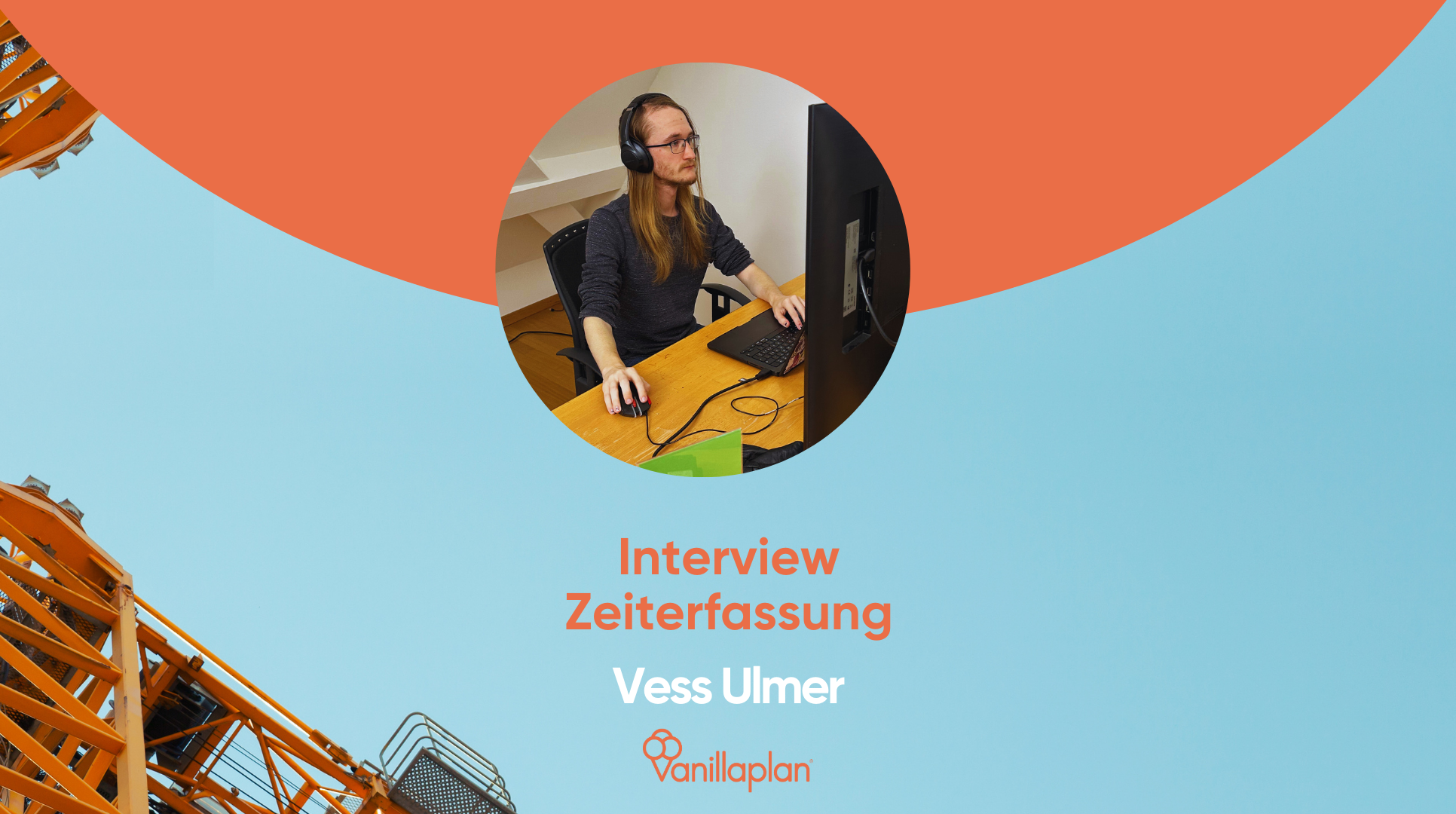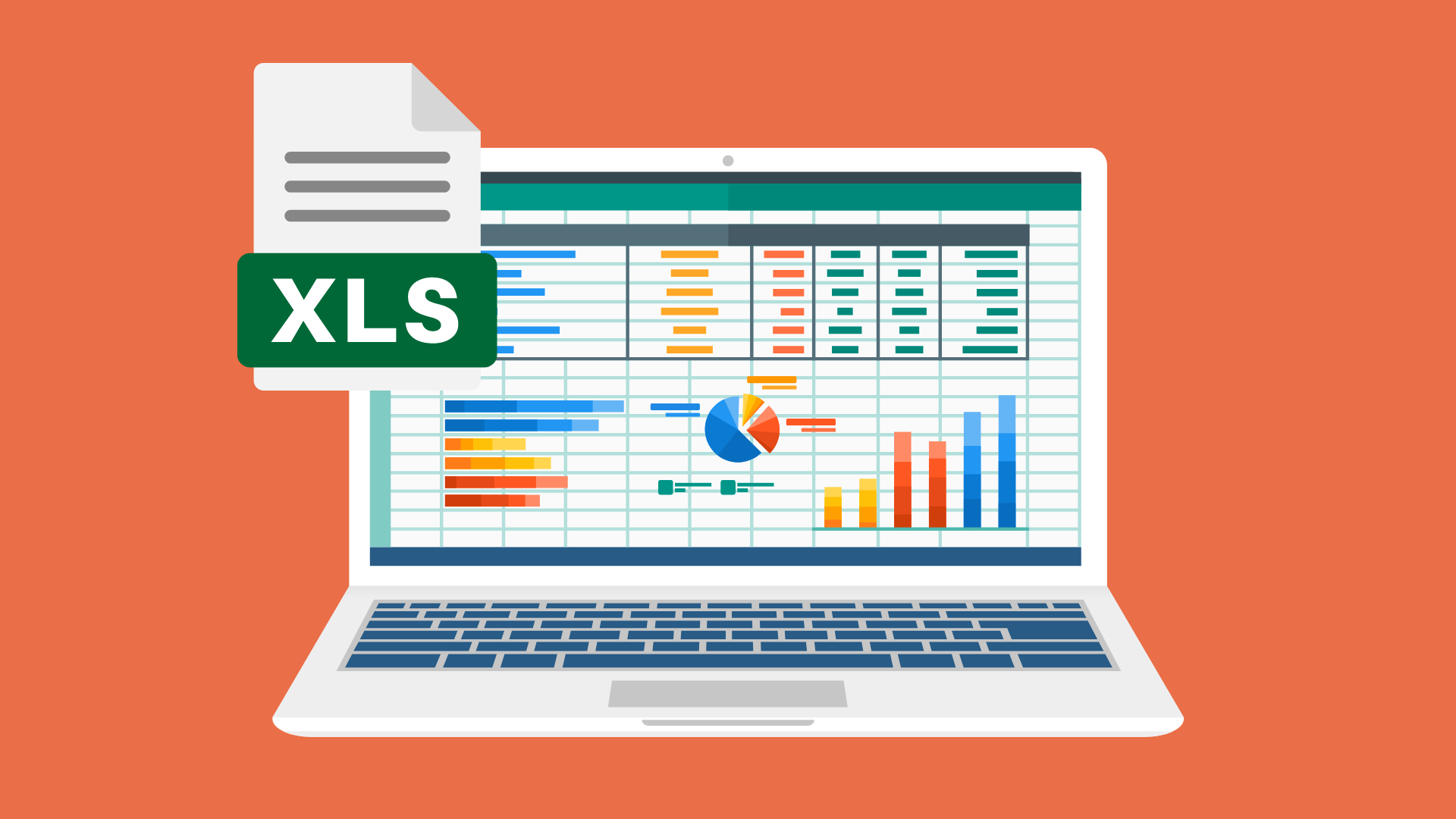Vess, you have been involved in the development of time and activity recording since you started at Vanillaplan. Can you give us an overview of the application? Where is the project at the moment?
Of course! The central aim of time and activity recording is to ensure that working times can be recorded quickly and easily by employees or team leaders and confirmed or rejected by authorised persons. This is why working times can be entered in the desktop version of as well as via the mobile app. The latter is particularly practical for employees, as they can record their times at any time and from anywhere.
Another cool feature is that time and performance recording is based on the planning data from our shift planning. This means that the shift data is automatically transferred to the time recording system and only needs to be saved or adjusted as required.
In addition to recording working hours, absences, travel, expenses, materials and comments can also be entered. This covers the entire spectrum of workloads.
That sounds exciting! What does it look like in detail? How is the time recording system structured?
Firstly, the employees themselves can enter their own time recording data, including all the service types mentioned above. Thanks to the specifications from the planning data, this is all very quick and easy.
I am currently working on the function for entering entries for entire groupsand approving the entries. This provides a good overview of the services of all employees.
What makes the time authorisation page special? Are there any special functions that you would emphasise?
Definitely! One cool feature is the ability to filter according to certain types of performance and thus be able to check critical entries in a targeted manner. For example, you can filter by absences, travel or expenses and get a direct overview of all entries. Excessive absences, excessively long recorded journeys or unrealistic expense claims are thus recognised much more quickly.
Perhaps you can tell us something about your personal impressions at work. Were there any particular challenges during development, for example?
With pleasure. I think you have to realise that we are developing these functions from scratch and that this involves an iterative process. The requirements have often changed, which has helped us to develop a deeper understanding of the problems to be solved. It usually works like this: I make changes, get feedback, incorporate it and then the whole thing starts all over again. Step by step, we get closer and closer to the finished product.
Looking back, would you say that this approach was effective? Or would you do something differently next time?
I think the process was exactly right. You always come across unforeseen problems or side issues during development that you didn't think about at the beginning. That's just part of it, and it makes the process exciting. Every step takes us further and helps us to make the product better in the end.
Great, you've already come quite a long way. Are there things that are still missing in the time and performance recording?
Yes, there are still a few small things. At the moment I'm working on a component that displays the weekly summaries for each employee. That's an important element. So there are still a few details to optimise, but we are getting closer and closer to the finished product.
So now it's all about working on the finishing touches?
Yes, exactly. There are minor adjustments that we need to make here and there to improve the user experience. Sometimes we also have to go back to various places in the code and readjust functions. But you could say we're on the home straight.


-1711465313.png)
.png)
